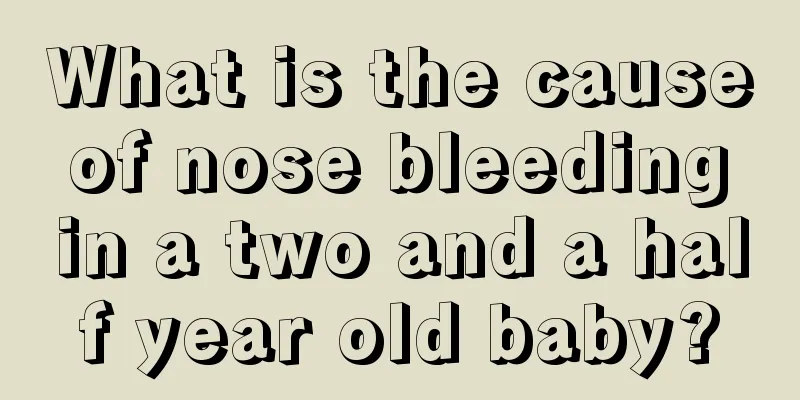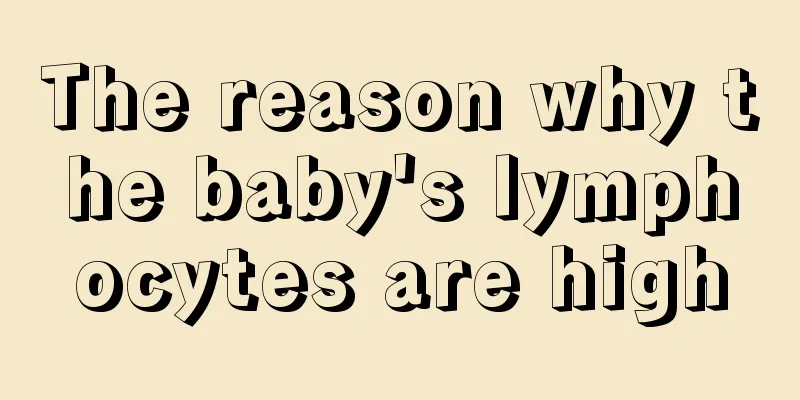What should we do if children have dental polyps?

|
Many children do not pay attention to their daily diet and often eat sweets, which leads to problems with their teeth early on. They are either decayed or have gum problems. Some even have gingival polyps. When encountering this type of gingival polyps, many parents don’t know how to deal with it. Let me introduce to you how to treat dental polyps! Gingival polyps are polyp-like objects formed when gingival papillae proliferate into the cavities due to long-term food impaction and stimulation from the rough edges of the defective teeth when cavities appear on the occlusal surfaces of the affected teeth and adjacent teeth. Periodontal ligament polyps are mostly caused by the development of tooth caries, which penetrates the bone cavity and destroys the pulp chamber floor. External stimuli cause reactive hyperplasia of the periodontal ligament at the root bifurcation, and the polypoid granulation tissue perforates the pulp floor and enters the pulp chamber, looking very much like a dental pulp polyp. Treatment: 1. For gingival polyps (connected to the gums), first take a dental X-ray to see if the teeth are worth treating. 2. Existing polyps can be removed surgically. If it is a lump or mass that appears after getting angry, pay attention to whether apical periodontitis has formed and take corresponding treatment measures. 3. Stop medication or replace other drugs This is the most fundamental treatment for drug-induced gingival hyperplasia, but the patient's systemic condition often does not allow stopping or changing medication. Therefore, it is best to adopt methods such as alternating with other drugs with the assistance of a physician to reduce side effects. 4. Remove local irritants and perform cleaning to eliminate plaque, tartar, and all other irritants. In some mild cases, gingival hyperplasia can be significantly improved or cured after treatment. 5. Local drug treatment: For some patients with obvious gingival inflammation, the gingival pockets can be rinsed with 3% hydrogen peroxide solution, and a drug film or iodine preparation can be placed in the pocket, and an antibacterial mouthwash can be given. Further treatment can be performed after the inflammation is relieved. 6. Surgical treatment: For some cases with severe gingival hyperplasia, even with the above treatments, it cannot completely disappear. At this time, surgery is required to remove and trim the shape of the gums. However, the surgery should be performed when the general condition is stable. If medication is not stopped and oral hygiene is maintained after the surgery, the disease is still prone to relapse. 7. Strictly control plaque and urge patients to seriously control plaque to reduce the degree of gingival hyperplasia during medication and reduce recurrence after surgery. After reading the above introduction, I believe you have a certain understanding of dental polyps. Caring for children should pay attention to details and let children develop oral hygiene habits from an early age. Do not let children eat random things, eat less snacks, and eat more vegetables and fruits. If a child has a problem with his teeth, timely treatment is the most correct choice. |
<<: What are the symptoms of childhood rectal polyps?
>>: What to do if children have scalp dermatitis?
Recommend
How to regulate children’s poor sleep?
Sleep is very important to us, not only to have a...
How to make delicious baby butterfly noodles
After the baby has been drinking breast milk for ...
What is the normal value of jaundice in a six-day-old newborn?
Newborns will develop jaundice to varying degrees...
Baby head shape corrector
After a newborn is born, parents should prepare a...
Is the sand that children play with poisonous?
With the improvement of people's living stand...
Introduction to breastfeeding for newborns
We all know that the birth of a baby means that i...
What to do if there is a bump on the back of the newborn's head
There are many common problems for newborns. In s...
Best treatment for baby eczema on face
Many children have experienced eczema. Once eczem...
Nine month old baby has red spots on his body
The most common causes of red spots on a nine-mon...
1 and a half year old baby recipes
When children are very young, they cannot make ra...
The harm of dental caries in children and its impact on local health
What we call dental caries refers to tooth decay a...
How to know if the baby is hot or cold
The first reaction of a newborn after birth is cr...
What causes small red bumps on children?
Children's skin is very delicate. If it is ir...
Does a child's precocious puberty need treatment?
If precocious puberty occurs in childhood, the ha...
What are the treatments for nephrotic syndrome in children?
Kidney disease is a relatively serious disease. O...









